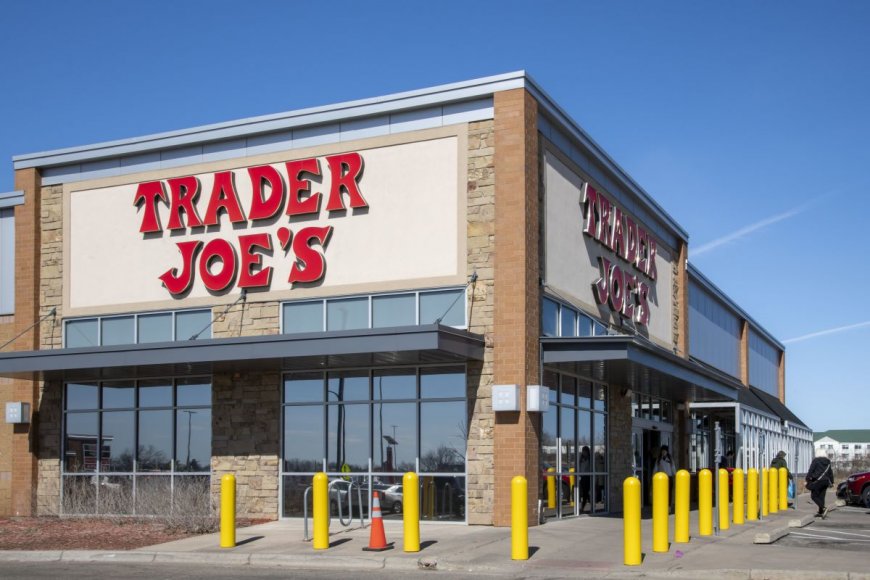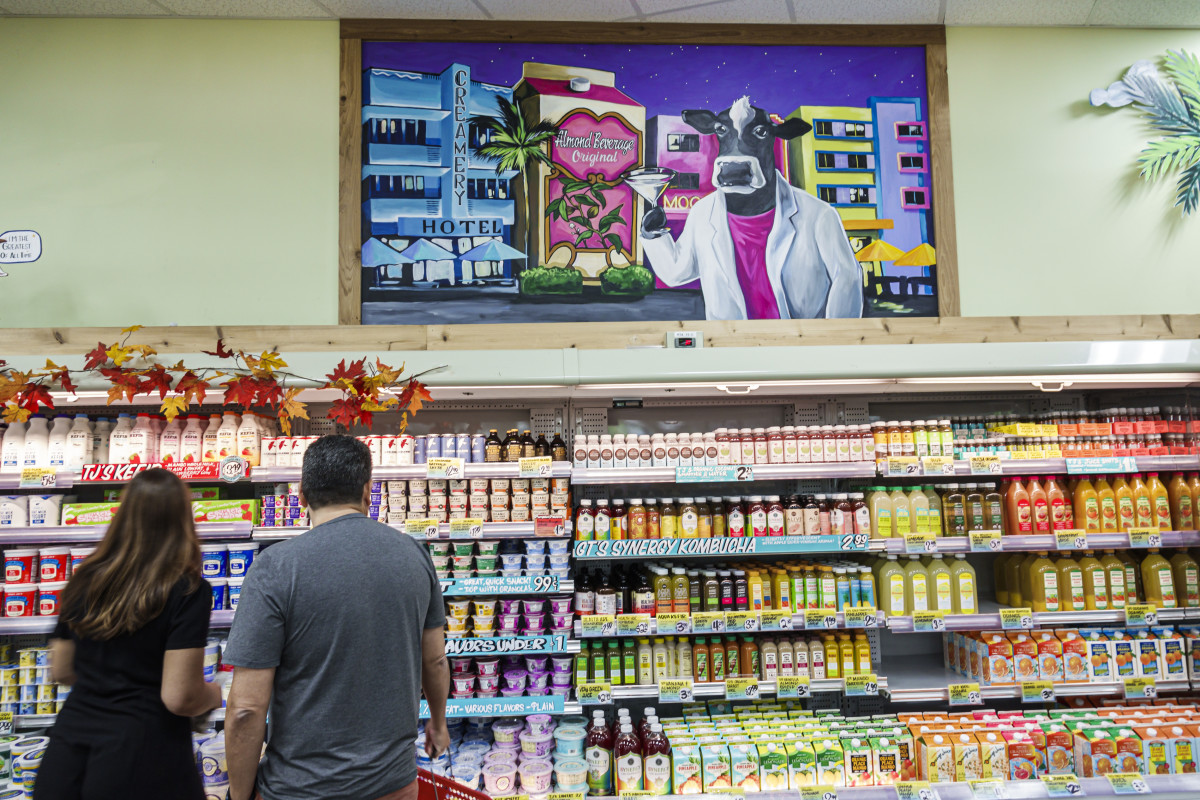Trader Joe's raises popular item price for first time in decades
The specialty grocery store is popular among foodies and customers on a budget, but now a staple item will rise in price.

There are people who trudge to the grocery store, and there are people who gleefully skip to it.
If you're a part of the latter camp, chances are you frequent a Trader Joe's, among other speciality grocers simply for the joy of the trip.
Related: Trader Joe's manager reveals secret hack shoppers don't know about
Trader Joe's, a privately-held grocery store known best for its budget friendly prices, inventive snacks and standby staples, has been popular since its founding in California in 1967.
The store has grown quite a bit since its vintage Pasadena roots, with over 570 stores across the United States and is now owned by the family that also owns part of the Aldi Nord supermarket dynasty.
Trader Joe's sells goods at a lower-than-average price point because it sources spillover inventory from brand-name suppliers and wholesalers, then places its own Trader Joe's label on the goods, allowing the store to sell items to customers at a deep discount. Its customers don't shy away from the Trader Joe's private label as some might with other typical generic store brands. Instead, they flock to it.
Trader Joe's offers traditional grocery store staples at all of its stores, like pasture raised large brown eggs, free range chicken breast, ground meat, bananas, and other fresh produce like bagged kale salads and and freshly prepared sandwiches and wraps.
But other foodies flock to Trader Joe's for its more inventive goods, often found in the frozen and snack aisles. It's not uncommon for even the pickiest eater to walk out with things like frozen spanakopita, cookie butter ice cream, cinnamon bun Joe Joe's (or its take on Oreo's), or air-fryer friendly crispy tempura vegetable bird's nests.
Trader Joe's raises price of a key item
Since its popularity is two-pronged, many folks rely on Trader Joe's for both their everyday staples and their newfound food discoveries.
Customers tend to be relatively price-sensitive, since Trader Joe's stocks only about 4,000 SKUs in store, versus a traditional grocery store which might stock closer to 40,000. This means Trader Joe's doesn't offer a lot of variety in the way of alternative choices. It might stock one or two milk brands, so if the price of that milk goes up, customers take notice.
But price hikes don't happen often, especially when it comes to Trader Joe's more reliable staples that everybody needs and usually won't think twice about placing in their cart. One such item is their bananas, which have been firmly set at 19 cents each for at least 20 years.
But in March, as food prices continue to rise across the country, Trader Joe's made the decision to finally raise the cost of its bananas to 23 cents per item, a 21% price hike.
"We only change our prices when our costs change, and after holding our price for Bananas at $0.19 each for more than two decades, we’ve now reached a point where this change is necessary,” a spokesperson for Trader Joe's said, noting that the price “still represents a tremendous everyday value."
Now, a bunch of five bananas costs $1.15.
But it's not all bad news. Trader Joe's says it's been able to lower the prices of some of its key items, a popular move among some budget retailers as inflation-weary customers look for some kind of salvage from the price increases.
“[W]e have been able to negotiate costs for a number of our products, and have lowered our retail prices accordingly. A few examples: Raw Almonds are now $3.99 a pound, down a dollar; Romaine Hearts are now $2.99, down $0.50; Organic Tri-Color Bell Peppers are $4.49, a reduction of $0.50; and Green Onions are now 99¢, our lowest price in at least a decade,” the spokesperson added.
Walmart recently made similar moves, reducing the price of some key food staples back to pre-inflation levels.
What's Your Reaction?



























































